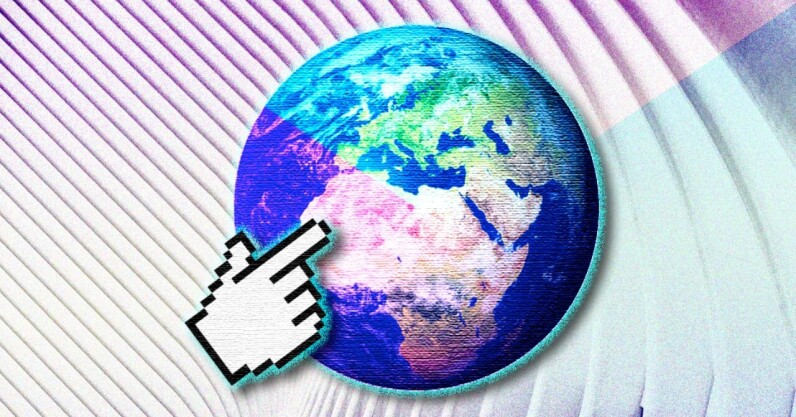As the minutes ticked by, the paper-dunking sound of files hitting the digital bin became oddly satisfying. As I hunted through the dusty corners of my laptop looking for unneeded documents, duplicate photos, and, the ultimate treasure, an old video file, I got a rush seeing the storage space bar on my laptop dwindle down by megabytes and gigabytes. But perhaps the most satisfying moment of all was the crinkling sound of the bin being emptied at the end of the hour.
This was not a type A personality’s fantasy, this was Miele X’s Digital Clean-Up Challenge. Unlike the first time I visited the company’s hip new workspace in Amsterdam’s Zuid district, this time there was a mission: to clear as many unneeded OneDrive files and emails from your laptop as possible within one hour.
In the past, Miele X had participated in several different physical environmental clean-up initiatives, including Clean the Beat organised by Bye Bye Plastic. This time the team wanted to see how they could continue to be more environmentally conscious on a daily basis.
As the heart of digital services at Miele, this group of tech-focused employees spend the entirety of their working day on their devices. The fact is that, even if we recycle religiously, navigate to work every day on a bike, and take part in regular park clean-ups, our digital carbon footprint is hard to tangibly quantify. The Digital Clean-Up Challenge aimed to do just that: drive awareness of and build a movement towards green IT internally.
But does keeping inboxes and OneDrive folders clean really have that big an impact on the environment?
Just how bad is digital build-up for the environment

The <3 of EU tech
The latest rumblings from the EU tech scene, a story from our wise ol’ founder Boris, and some questionable AI art. It’s free, every week, in your inbox. Sign up now!
The event was kicked off with a talk by Olivier Vergeynst, Director of the Belgian Institute for Sustainable IT.
What I was shocked to discover was that, when comparing personal devices, networks, and data centres, personal devices are the highest energy users and polluters. Although we’re continuously hearing about electricity-sucking data centres, user equipment and the manufacturing of it is a bigger problem. A whopping 83% of emissions come from production. And we replace our personal devices much more regularly than networks and data centres replace their equipment.
Vergeynst also shared some simple ways we can lower our digital carbon footprint on a regular basis. For example, turning off your video during a call when you don’t need it.
Of course, keeping the camera on during meetings is important because of the human impact you get from seeing someone’s facial expressions, but if you’re watching a webinar for an hour then having everyone else switch off their cameras is good practice.
Instead of sending an attachment, send a link when possible to lighten the weight of your emails.
And, most important of all, “buy less and keep it longer.” During Vergeynst’s presentation, we found out it takes 200 kg of material to manufacture a smartphone.
Opinions vary on the actual impact that sending and storing emails has on the environment. Author Mike Berners-Lee argues in How Bad Are Bananas? The Carbon Footprint of Everything, that email usage generates up to 40 kilograms of CO2 annually, the equivalent of driving 200 kilometres. Yet, an academic study by researchers in Canada argues that sending and storing fewer emails has a minimal impact compared to simply using our devices less.
“The Digital Clean-Up in itself is more like an awareness exercise. The key element is about understanding that this is a part of something much bigger. We need to start taking a deeper look at how we can lower the impact of the equipment we use and the data we transmit and store. The goal is to change habits,” says Vergeynst.
An example he posed is the emergence of AI. It’s such a transformative technology that can really make a difference in the workplace. Of course, it also generates more emissions. But that doesn’t mean you shouldn’t use it.
“It’s about understanding and choosing, rather than just saying it’s bad,” Vergeynst explained.
And of course, company-wide initiatives will have a much bigger impact than individual efforts.
